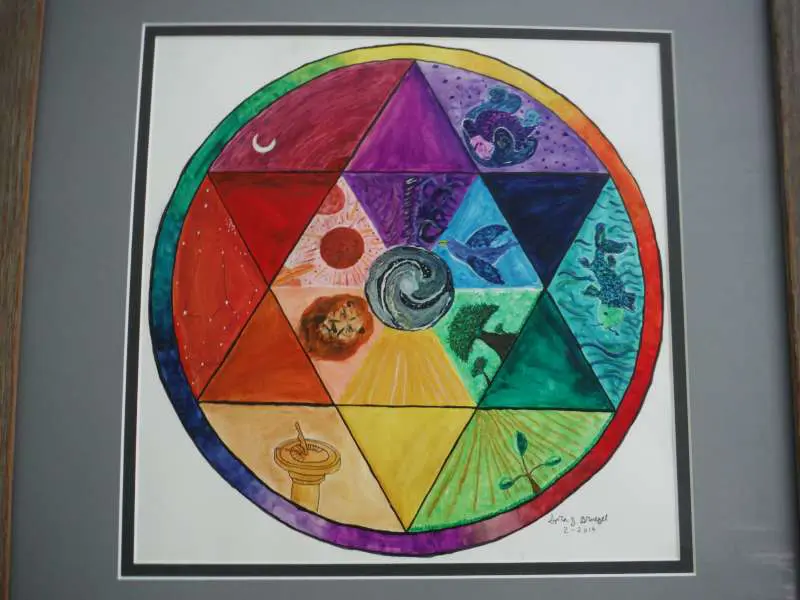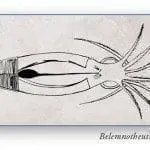The blank circle on my sketchpad stared menacingly back at me as I searched my brain for inspiration that would fit into this assignment for my college art class. We were supposed to create a color wheel- based painting that reflected a culture of our choice, but the cultures brought up as examples had a lot of elements that I wouldn’t quite be comfortable with painting. Suddenly, an idea dawned on me and I ended up loving the project so much that I was sad to have to turn it in for grading. In my color wheel, I decided to paint the six days of creation from Genesis 1 inside the Star of David reflecting Biblical concepts and Jewish culture. The more I worked on the project, the more vividly I saw how closely color is tied to creation.
“And God said, ‘Let there be light’:and there was light. And God saw the light, that it was good, and God divided the light from the darkness.” ~ Genesis 1:3-4
Day one of creation week, the very first thing that God created was light. The colors we see with our eyes are just certain wavelengths of light bouncing off things. Thinking of light and colors as wavelengths can sometimes be a little confusing. The easiest way of thinking about this is that bright white sunlight is actually all colors together coming at you all at once. When that light hits an object, the object you see absorbs some of those colors and the rest of the colors bounce back and hit our eyes.
Have you ever noticed that wearing black clothes in the summer makes you feel hotter? Or noticed how hot an asphalt road gets in the daytime heat? Maybe you’ve been up on a roof with dark shingles and felt how hot they can be, even a little after sunset (I speak from experience; “shingle burns” hurt, but amazing views of sunsets and stars are worth it). All of these things happen because the color we see as black is absorbing all colors of light and getting lots of heat energy so none of those colors are bouncing off to our eyes.
Dark colored things that absorb more light (and heat) are said to have a low albedo while white things, like a good layer of snow on the ground, have a high albedo (it’s supposed to be pronunced like “all-bead-o”). The albedo is just the portion of light being reflected back off an object. It’s a very good thing that God created snow with a bright, white color and high albedo because it acts like a mirror, reflecting off some of the heat so that the snow melts slowly in the spring and does not cause as much flooding as it otherwise would.
Just like the original six days of creation, when we choose to let God make us into a new creation by the blood of Jesus, the first thing that He does is fill our lives with the light of Christ. When we let our lives be filled with the light of the Son of God, they become incredibly and uniquely colorful, bright, and beautiful, just like creation all around us. Be sure to read more about our Lord’s colorful creation in next week’s “Clue of the Week”!
“ . . . I am the light of the world: he that followeth after Me shall not walk in darkness, but shall have the light of life” ~ John 8:12
“Let your light so shine before men, that they may see your good works, and glorify your Father which is in Heaven” ~ Matthew 5:16






